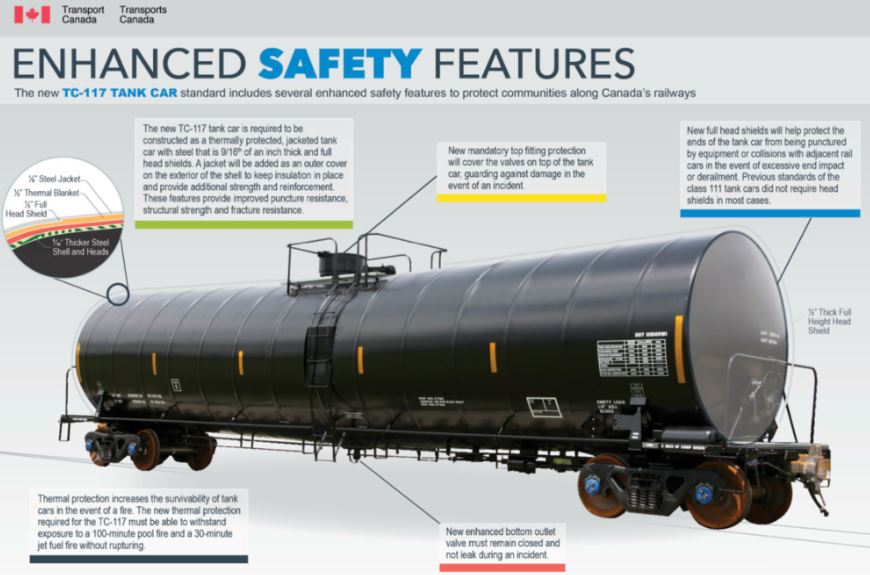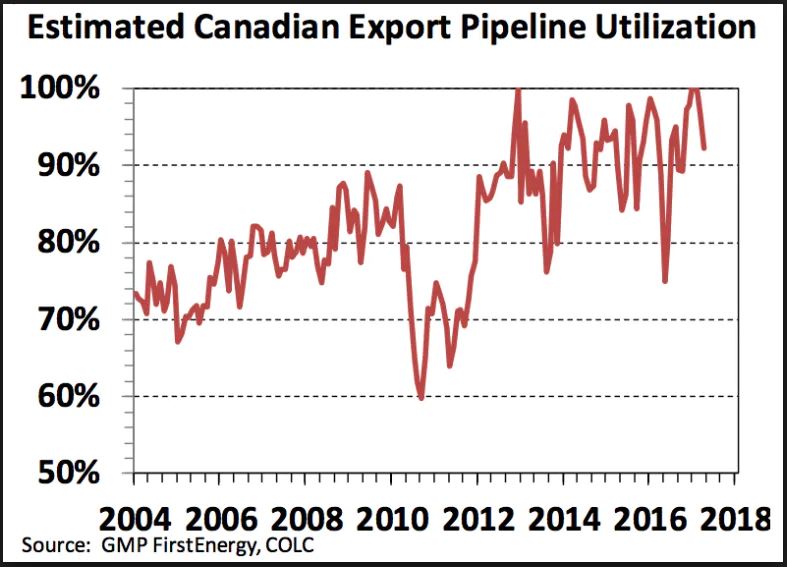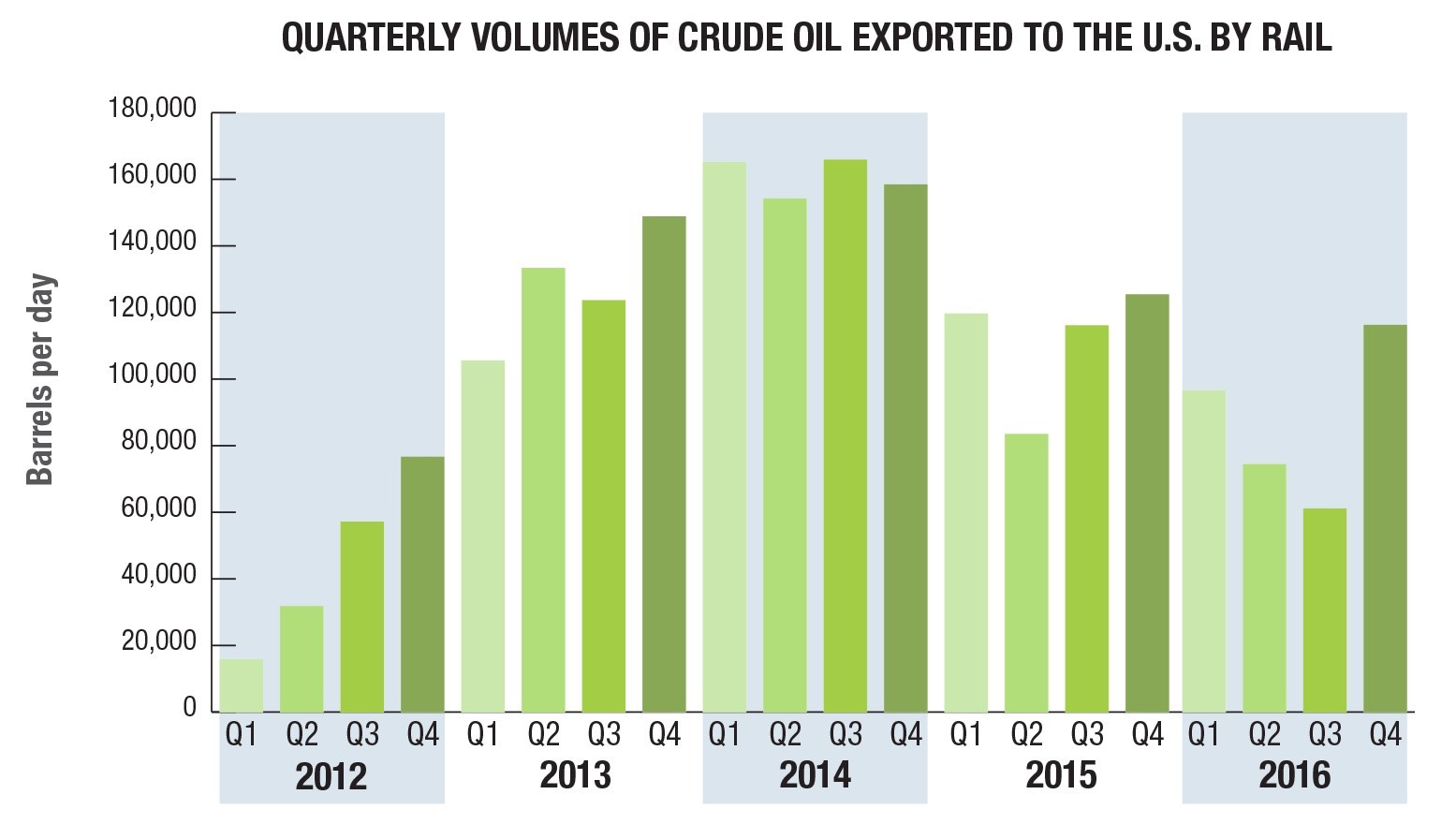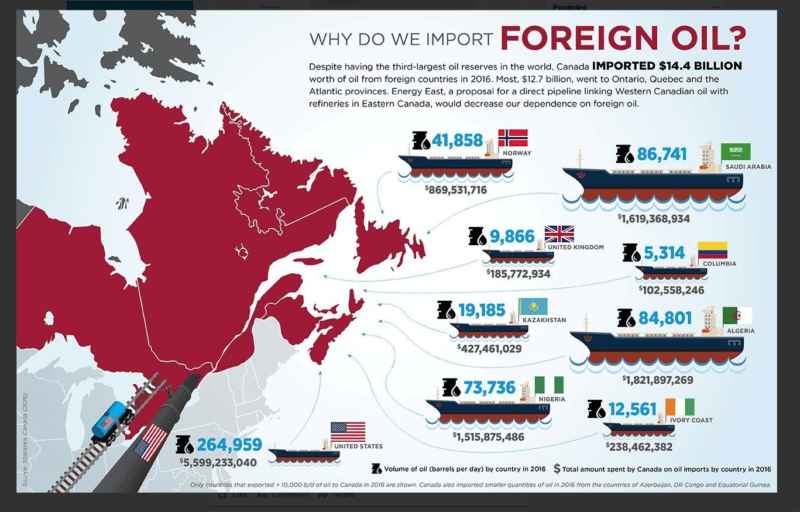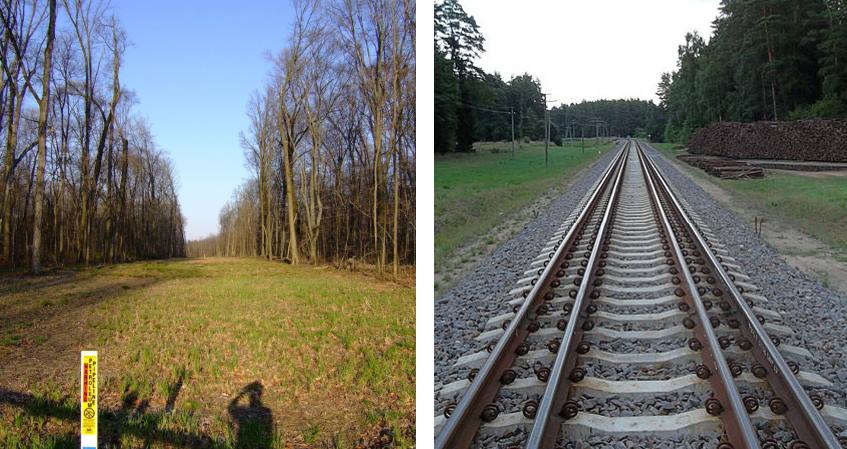Having worked at a few pipeline companies, I know they take safety and spills very seriously but we see pipeline bursts and their resulting spills with frequency in the news so the question lingers: Are pipelines safe?
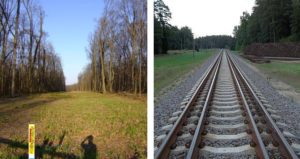 Let’s start by stating an obvious fact that no-one WANTS a pipeline or any other serious infrastructure (power lines, rail lines, highways…) in their back yard but without such infrastructure our modern world would grind to a halt. If we can agree on that as a fact, and not an opinion, we can rationally consider pipeline safety.
Let’s start by stating an obvious fact that no-one WANTS a pipeline or any other serious infrastructure (power lines, rail lines, highways…) in their back yard but without such infrastructure our modern world would grind to a halt. If we can agree on that as a fact, and not an opinion, we can rationally consider pipeline safety.
The factors determining the safety of any pipeline compared to rail or trucking are also obvious and visually undeniable. Below is a simple chart outlining some of the risk factors that go into transporting liquids and gases:
| Factor | Pipeline | Pipe Score | Train | Train Score |
| Above/Below Ground | Burried | 1 | Above Ground | 8 |
| Visibility | Very Low | 1 | Very High | 8 |
| Connections | Few | 1 | Many | 8 |
| Human Error Likelihood | Nearly Zero | 1 | Constant | 6 |
| Intentional Damage Likelihood | Very Low | 1 | Moderate | 5 |
| Easy of Stopping Leak | Very Easy | 1 | Very Difficult | 6 |
| Volume | Very High | 9 | Low | 3 |
| 24 Hr Monitoring | Excellent | 1 | Minimal | 8 |
| | 16 | | 52 |
(more…)
